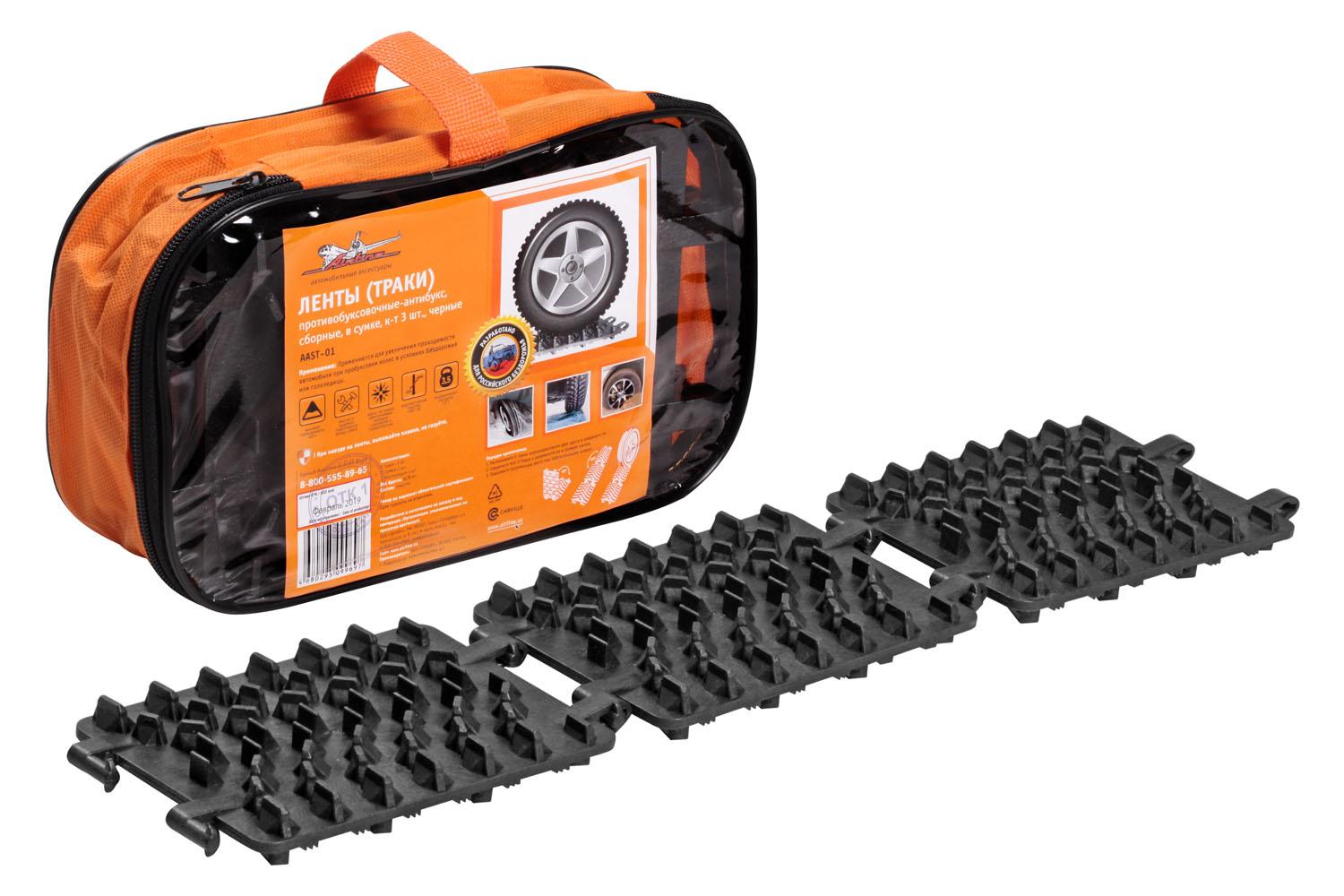
Why larger wheels are not preferred
From time to time everyone comes up with ideas on how to improve their car. One option is to replace the wheels with larger ones. Theoretically, this allows you to increase the clearance, increase the maximum speed, improve traction and, as a result, controllability. In theory. However, not everything is so simple and this can be done only according to certain rules, experts advise.
Which wheels are better than factory wheels? Typically, for each vehicle, the manufacturer offers several tire sizes to choose from. Each variant is pre-tested to ensure that it is suitable for optimal and safe vehicle use. In theory, you could buy a car with 15 "wheels but also 17" wheels. That is, the first can easily be replaced by the second if the car in question is also produced with larger wheels.
If you want to replace the wheels with larger ones, you should check what sizes are allowed by looking at the vehicle's owner's manual. And it is also important to know that larger wheels, even within acceptable limits, according to manufacturers, have not only advantages, but also disadvantages.
Why are big wheels dangerous? Of course, larger size means more weight, which adds to the overall weight. The heavier the wheel, the harder it is to turn the engine, which increases fuel consumption, worsens dynamics, and adversely affects the condition of the suspension. A rim with a larger diameter has a greater width and a changed depth in the wheel arch, which inevitably affects the operation of the bearings, or rather, leads to their premature wear.

What else happens when you install larger wheels? A factory-installed speedometer is often set to a slight increase in readings relative to the actual speed. If you change the wheels, you get an interesting effect - at first the speedometer will begin to show more accurate indicators, and then more and more “lie”.
What is the conclusion? Replacing the wheels with larger ones is an acceptable method of improving the car, provided that they comply with the manufacturer's recommendations. But at the same time, it is necessary to take into account both positive and negative changes for the car. Installing anything larger than these limits is not allowed. In the end, the negative consequences for the machine will be even more serious and even unpredictable.
